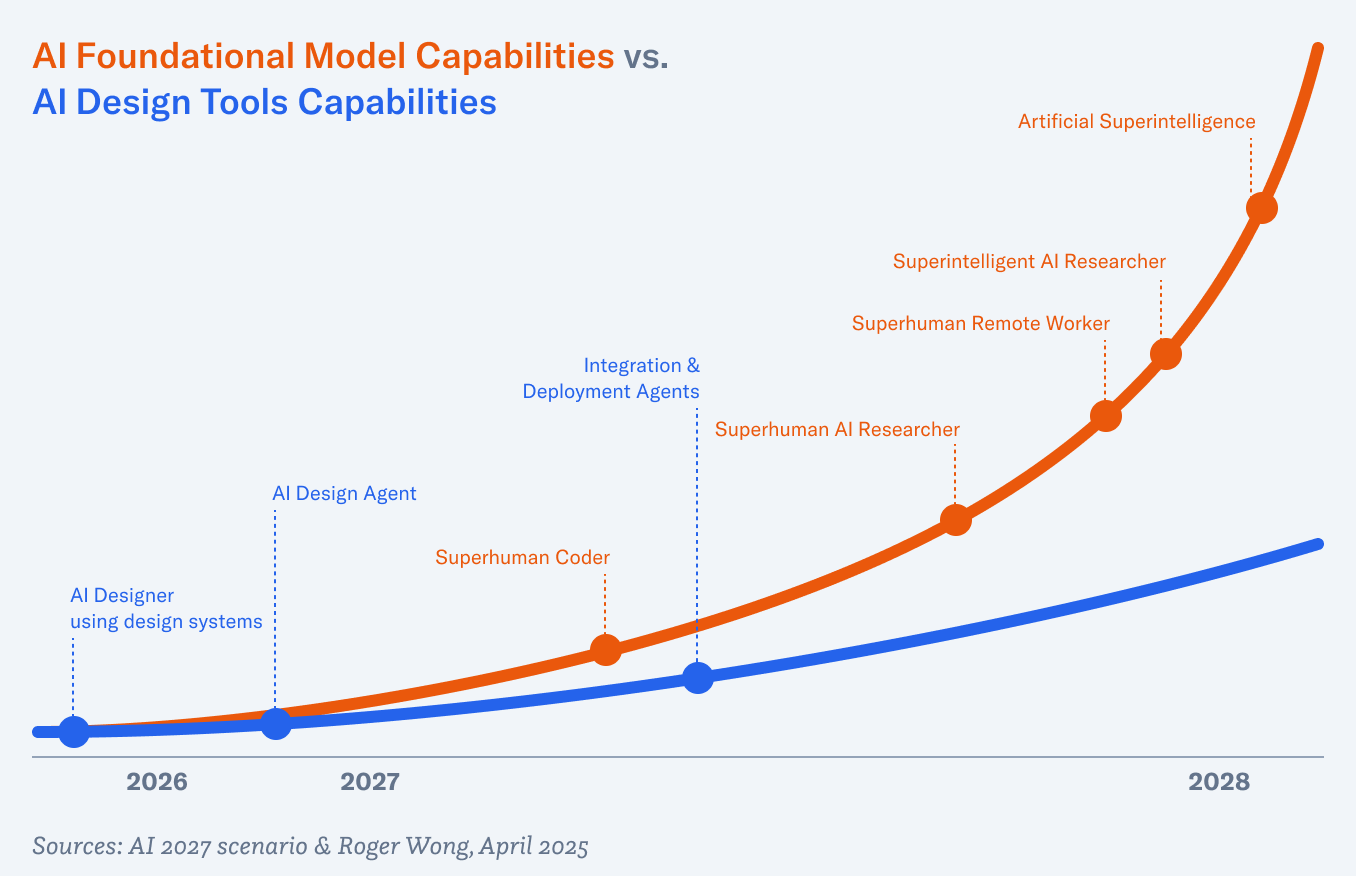
The Year AI Changed Design
At the beginning of this year, AI prompt-to-code tools were still very new to the market. Lovable had just relaunched in December and Bolt debuted just a couple months before that. Cursor was my first taste of using AI to code back in November of 2024. As we sit here in December, just 12 months later, our profession and the discipline of design has materially changed. Now, of course, the core is still the same. But how we work, how we deliver, and how we achieve results, are different.
When ChatGPT got good (around GPT-4), I began using it as a creative sounding board. Design is never a solitary activity and feedback from peers and partners has always been a part of the process. To be able to bounce ideas off of an always-on, always-willing creative partner was great. To be sure, I didn’t share sketches or mockups; I was playing with written ideas.
Now, ChatGPT or Gemini’s deep research features are often where I start when I begin to tackle a new feature. And after the chatbot has written the report, I’ll read it and ask a lot of questions as a way of learning and internalizing the material. I’ll then use that as a jumping off point for additional research. Many designers on my team do the same.





























